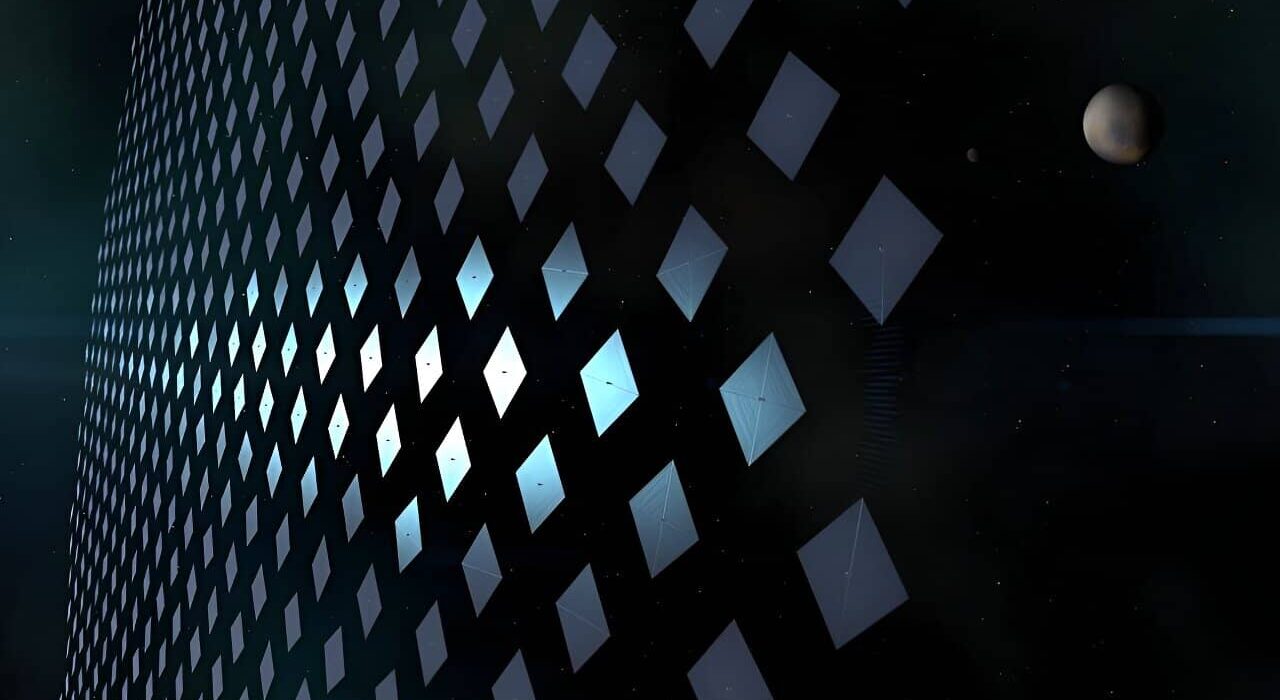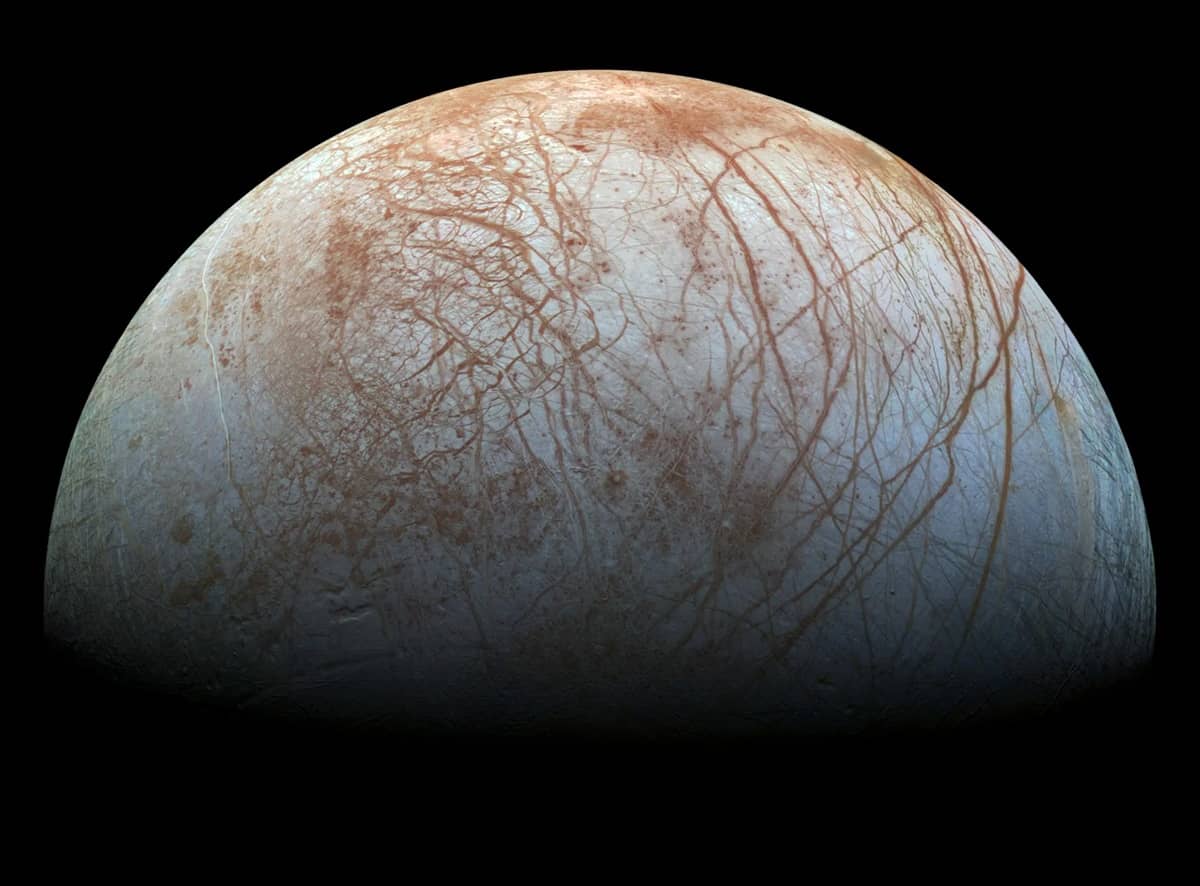Humanity’s fascination with exploring distant star systems and alien worlds has sparked ambitious dreams of interstellar exploration. However, the vast distances and challenges posed by the vastness of space make such endeavors seem daunting. In a groundbreaking effort, researchers and scientists are exploring the concept of gram-scale spacecraft propelled by directed-energy propulsion, specifically lasers, as the key to reaching neighboring stars within this century. One such visionary initiative is the Swarming Proxima Centauri, a collaborative project between Space Initiatives Inc. and the Initiative for Interstellar Studies (i4is), offering a promising solution to the monumental challenges of interstellar travel.
The Swarming Proxima Centauri Mission
Conventional propulsion methods fall short when facing the staggering distances of interstellar space. The closest star, Proxima Centauri, lies 4.25 light-years away, making even the fastest spacecraft, like the Voyager 1 probe, seem infinitesimally distant. Propelled by conventional rockets, interstellar transits become impractical, taking millennia to reach neighboring stars.
The heart of the mission envisions a 100-gigawatt laser beamer boosting thousands of gram-scale space probes equipped with laser sails. These sails, propelled by bouncing photons off them, overcome the limitations posed by conventional rockets. The concept of “inverting the rocket” becomes a game-changer, as the energy source for the lightsails is photons, which have no mass and travel at the speed of light. By utilizing laser beams as a means of propulsion, these spacecraft, or probes, could achieve relativistic speeds—10-20% of the speed of light—making interstellar travel within this century a tangible possibility.

To address the many challenges, the initiative proposes a swarm of probes with each probe having a minimal mass of grams. The swarm, coordinated in a mesh network, aims to communicate back to Earth by periodically building up a single, bright laser pulse from all probes, multiplying the power by the number of probes in the swarm for enhanced data return.
The eight-year round-trip time lag imposed by interstellar distances and General Relativity rules out practical remote control from Earth. Therefore, the swarm must possess an extraordinary degree of autonomy for navigation and data prioritization. Coordination within the swarm relies on establishing a mesh network through low-power optical links and synchronizing onboard clocks to support accurate position-navigation-timing (PNT).
Costs and Benefits
While the laser array represents a significant capital cost, the gram-scale probes are relatively inexpensive. The redundancy provided by a swarm of probes allows for a high tolerance for potential losses during the mission. The benefits of sending multiple probes include not only redundancy but also the ability to observe Proxima Centauri b from various vantage points, enhancing the mission’s scientific value.
The development of a coherent swarm of robotic probes has broader implications beyond interstellar exploration. Swarm robotics, a burgeoning field, holds potential applications in exploring Europa’s interior ocean, building structures on Mars, conducting Earth observation, and various terrestrial applications such as medicine, additive manufacturing, environmental studies, and search and rescue missions.
As researchers embark on the next phase of development, the mission’s potential to unlock the secrets of Proxima Centauri and its potentially habitable exoplanet, Proxima b, marks a pivotal moment in humanity’s quest for understanding the cosmos. The Swarming Proxima Centauri initiative, honored to be among NASA’s selectees for the 2024 NIAC program, sets the stage for a new era of exploration beyond our cosmic neighborhood.





